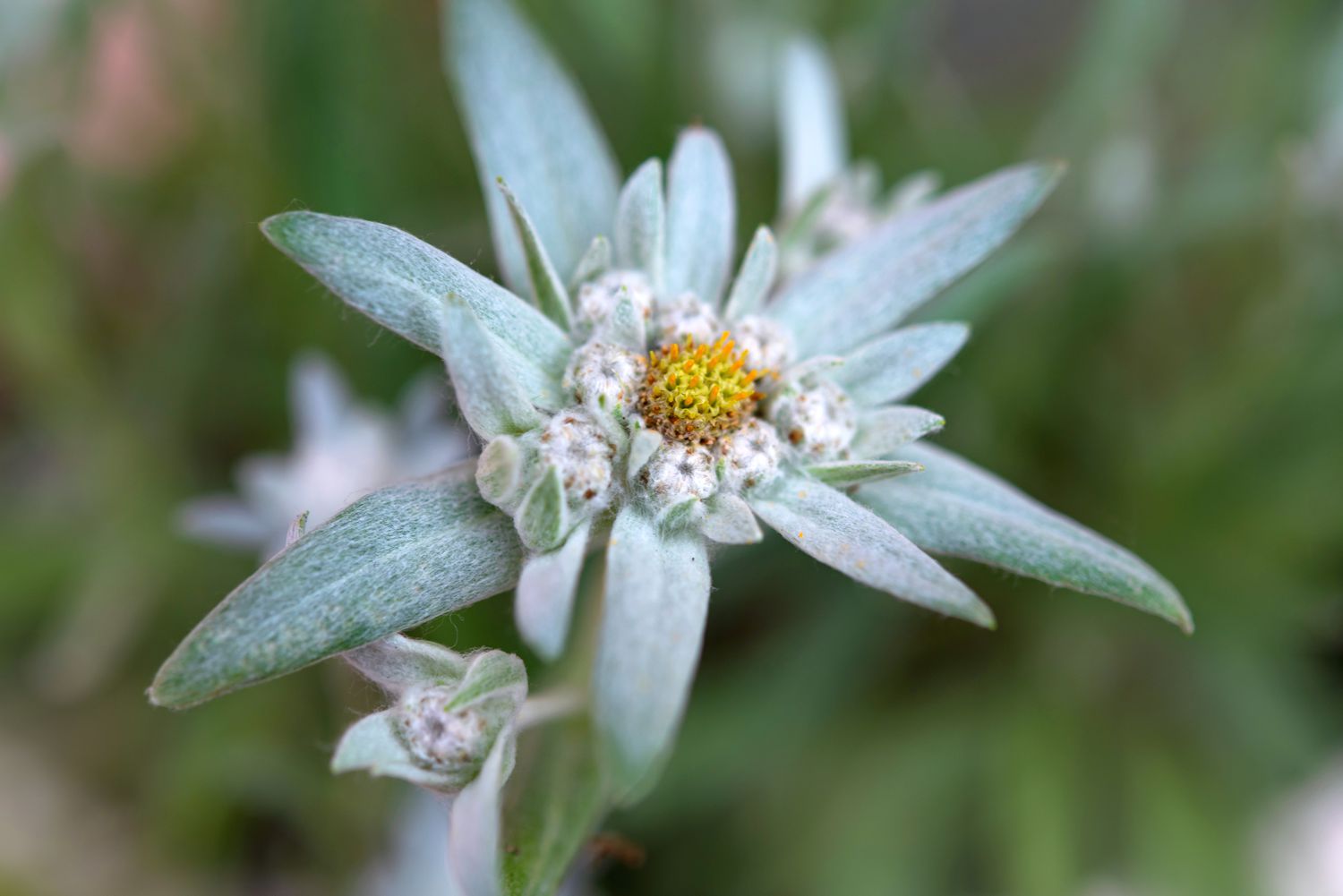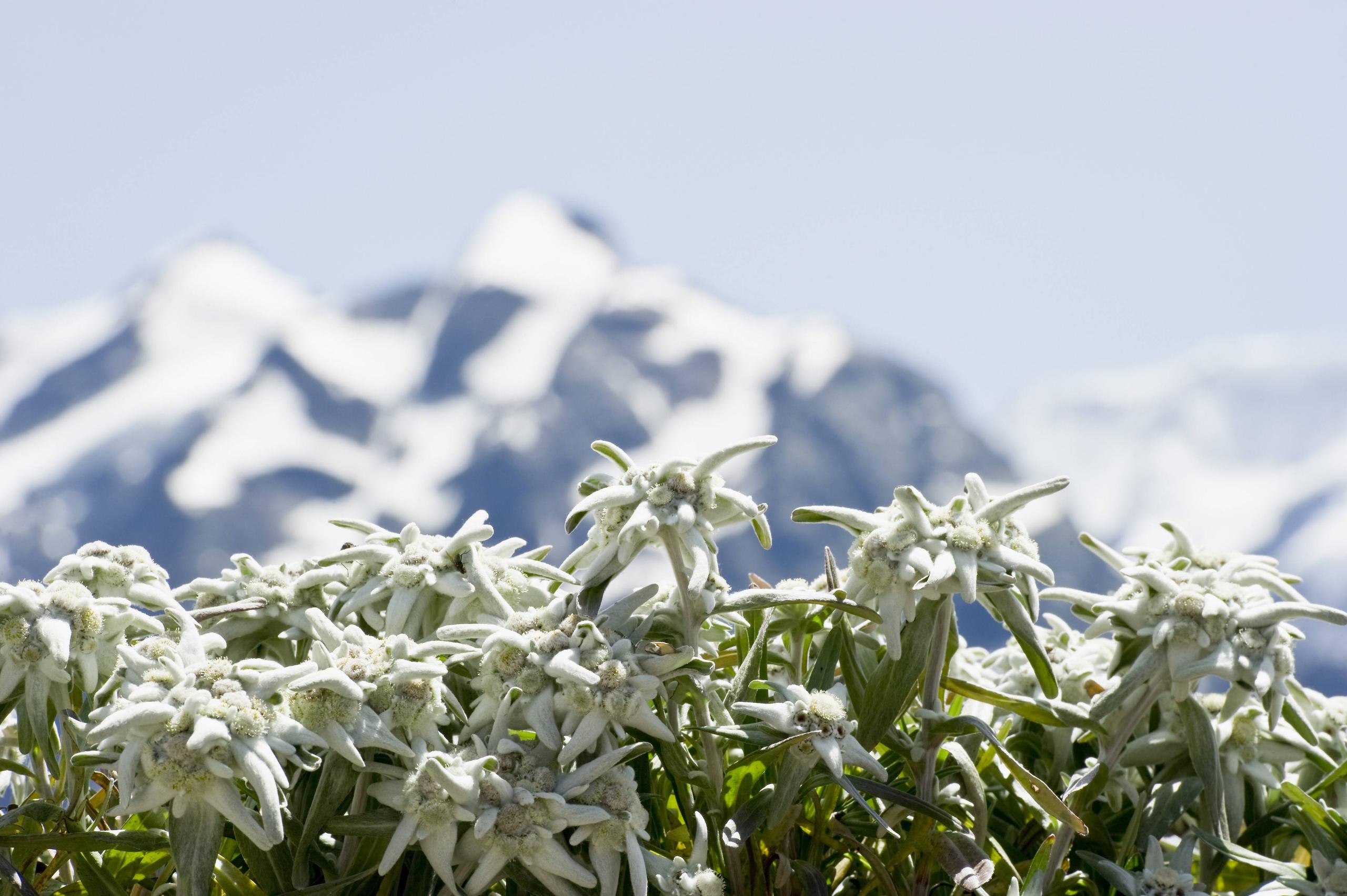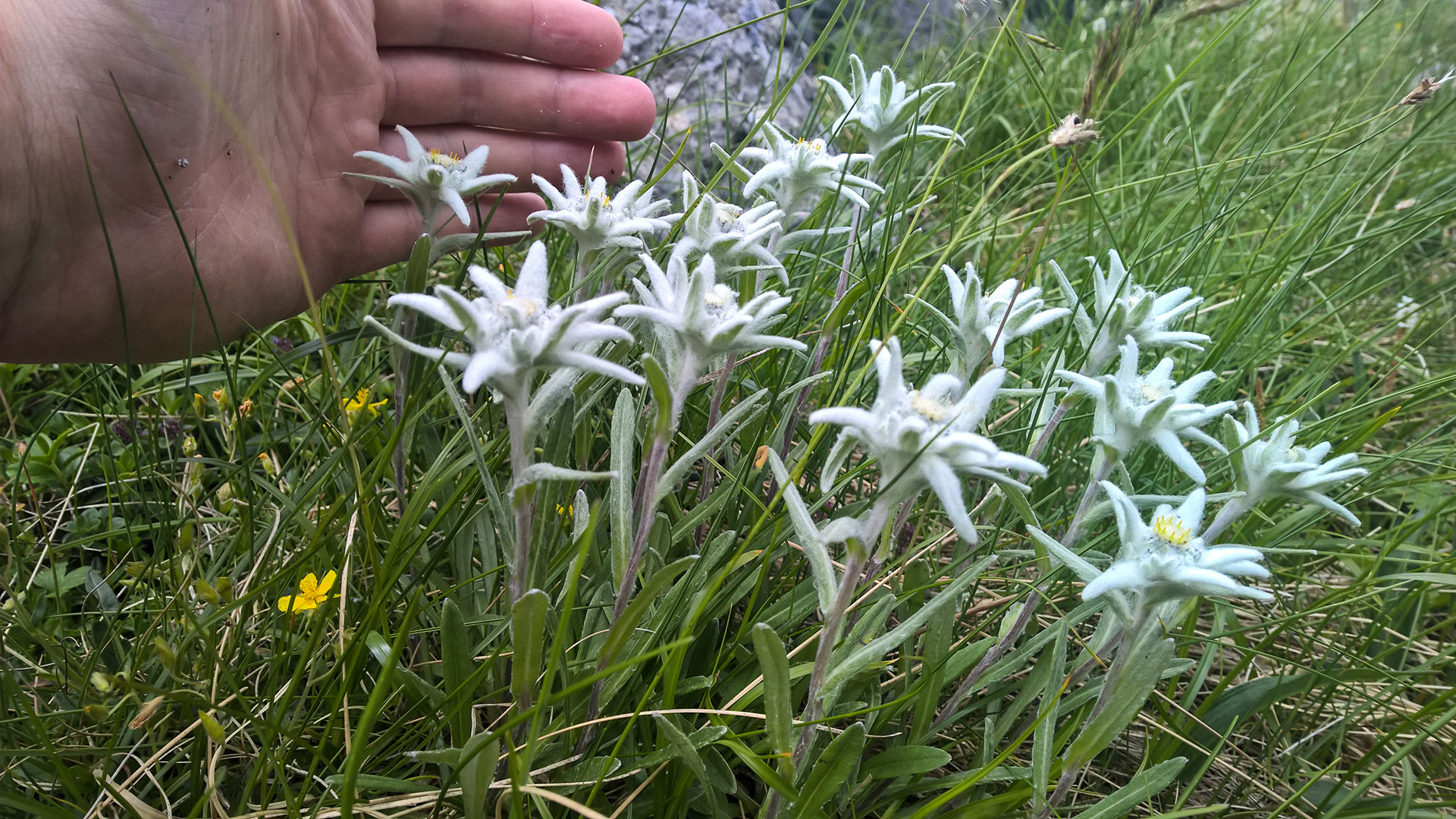The edelweiss, with its iconic white, star-shaped flowers, is a symbol of the rugged beauty and enduring spirit of the European Alps. The flower’s name is derived from the German words “edel” (noble) and “weiß” (white), reflecting its esteemed status in Alpine culture.
Historical Background
The edelweiss has been admired for centuries, its presence deeply embedded in the cultural fabric of Alpine regions. This hardy flower thrives in rocky, mountainous areas, often found growing at high altitudes where few other plants can survive. Its resilience and striking appearance have made it a symbol of the harsh yet beautiful Alpine environment.
Historically, the edelweiss has been associated with local folklore and traditions. In the 19th century, it became a popular emblem of mountaineering and exploration, as climbers and adventurers ventured into the Alps and encountered the flower. Its growing popularity during this period helped cement its status as a symbol of the Alpine experience.

Cultural Significance
In Austria and Switzerland, the edelweiss is more than just a flower; it is a national symbol of pride and heritage. Its association with the Alps and its role in local folklore have imbued it with a sense of nobility and strength. The flower’s ability to endure harsh mountain conditions is seen as a metaphor for resilience and bravery, qualities highly valued in Alpine culture.

The edelweiss also holds a romantic connotation in many Alpine communities. It is often associated with true love and fidelity, and its rarity and beauty make it a symbol of enduring affection. This symbolism is reflected in traditional crafts, such as intricate embroidery and handcrafted jewelry, where the edelweiss is featured prominently.

In popular culture, the edelweiss gained international fame through its inclusion in the musical The Sound of Music. The song “Edelweiss,” performed by the character Captain von Trapp, highlights the flower’s significance as a symbol of home and heritage. This exposure helped to spread the edelweiss’s symbolic meanings beyond Europe, associating it with ideals of beauty, purity, and nostalgia.

In addition to its cultural and symbolic roles, the edelweiss is also celebrated in festivals and events dedicated to Alpine traditions. These celebrations often include exhibitions of traditional crafts, music, and folklore, all of which highlight the flower’s significance in the region’s cultural heritage.

Conclusion
The edelweiss stands as a powerful emblem of the Alpine regions, embodying the essence of the rugged and majestic landscapes from which it springs. Its associations with bravery, endurance, and natural beauty reflect the spirit of the mountains and the cultural identity of the people who live there. Through its presence in folklore, art, and popular culture, the edelweiss continues to captivate and inspire, representing the ideals of resilience and nobility that are central to the Alpine way of life.
people who live there. Through its presence in folklore, art, and popular culture, the edelweiss continues to captivate and inspire, embodying the essence of the rugged and majestic landscapes from which it springs.
